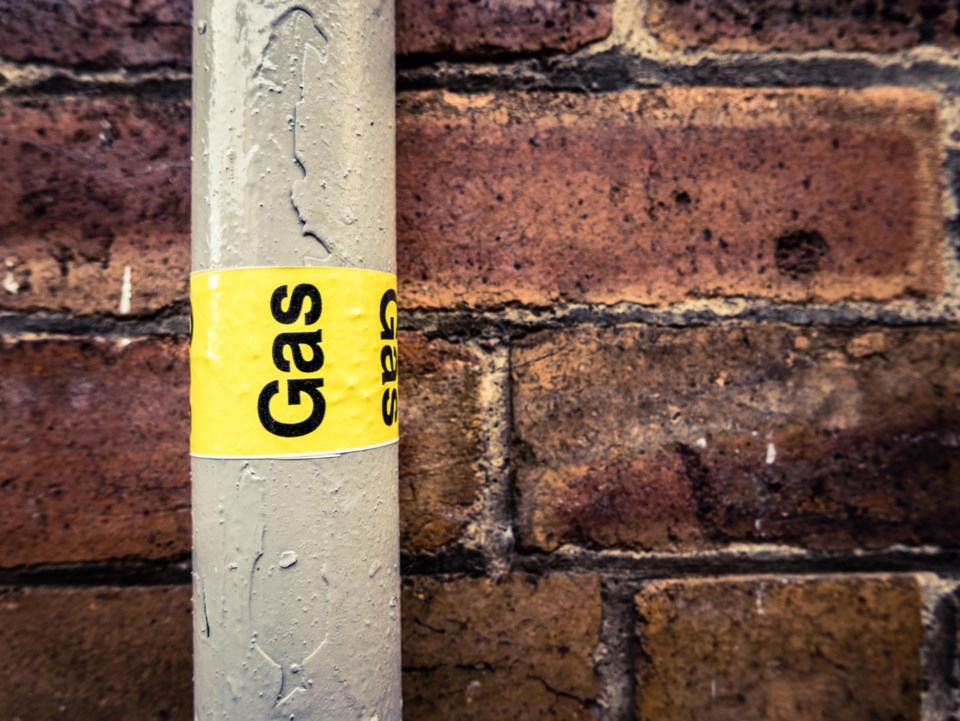This article, written by Thomas Fox, University of Calgary, originally appeared on The Conversation and is republished here with permission:
A suite of new technologies may soon be patrolling for fugitive — invisible but harmful — natural gas leaks from the oil and gas sector. Our recent study suggests that drones, aircraft, trucks, fixed sensors and even satellites may be poised to help find gas leaks quickly, preventing damage to the environment and human health.
To date, hunting for leaks has been restricted to using a few handheld sensors. These methods are slow and expensive. Now, regulators in Canada and the United States want to let companies decide which technologies to use.
An invisible threat
Leaking natural gas is invisible to the human eye and is a serious environmental concern. Methane, the primary component of natural gas, is a greenhouse gas 86 times more potent than CO2 over 20 years. Fugitive emissions also pose a safety concern: natural gas mixed with air can be explosive. To top it off, hazardous and carcinogenic substances are often emitted alongside methane.
Production of natural gas is booming in North America, due largely to developments like hydraulic fracturing and horizontal drilling. Advocates of natural gas, which burns cleaner than coal, often describe it as a transition fuel that can help mitigate climate change.
This view may be optimistic. To be an improvement, natural gas must be combusted. If emitted to the atmosphere during production or distribution, climate benefits over coal can be reduced or even reversed.
For natural gas to live up to its reputation as a gentler alternative to other fossil fuels, leaks must be found and repaired.
Not all leaks are equal
Locating methane leaks is a serious challenge. There are over two million oil and gas wells across North America, and leaks are common. Fortunately, most leaks are tiny. Overall emissions are often dominated by a small number of large leaks: about five per cent of sources account for half of all emissions.
These sources, sometimes called super-emitters, are the low-hanging fruit of emission reduction efforts. Currently approved leak detection methods are slow and expensive, restricting how often leaks can be sought, found and repaired. New screening technologies, such as aircraft, drones and trucks, are usually less sensitive than traditional methods, but may offer a solution for finding big leaks fast.
The new tech on the block
Recent laws in Canada are among the first to recognize the use of new technologies in leak management programs. Specifically, oil and gas companies may develop custom alternative programs if they are at least as effective as traditional methods.
These laws will take effect in January 2020, and a growing number of start-up companies are lining up to find leaks. Taken together, these solution providers offer an impressive variety of leak management services. However, very little is known about the performance of these new methods — are they really as good as the established methods?
These unknowns pose a challenge to producers, who must decide what technologies to use, and to regulators, who must decide what technologies to approve. Our recently published open-access article addresses some of the biggest questions preventing adoption of these new leak detection technologies.
In our research, we found that most technologies can detect leaks, but that they differ significantly in their strengths and limitations. Aircraft, for example, can survey dozens of facilities in a day, compared to just a few for conventional handheld methods. However, aircraft are much less sensitive and are unable to detect small and medium-sized leaks.
Drones, which continue to excite innovators and lure investors, can find leaks but are labour-intensive because most systems require pilot oversight.
Satellites have not yet been shown to reliably detect leaks. However, new satellites are being developed and launched, and they may soon play a role in leak management. The Environmental Defense Fund is launching its own satellite, designed to monitor oil and gas facilities and make the results public to keep oil and gas companies accountable for their emissions.
The promise of screening technologies lies in survey frequency. If super-emitter leaks are found quickly, we can prevent them from leaking for months or years before being found. But what if screening technologies aren’t actually finding the biggest leaks?
What we don’t know can hurt us
In the past, if leaks were missed during a routine inspection, no one would know. A missed leak could continue in silence, while regulators and industry would believe nothing was wrong.
In the future, it will be harder for companies to hide these leaks from the public. Many new technologies do not require site access and can be operated by anyone, including government compliance officers and nonprofit organisations.
There is a need to carefully evaluate the performance of prospective technologies. Our study only scratches the surface of learning about what role new technologies will play. More targeted research is needed, with efforts already underway.
All technologies miss leaks, but how big are the ones we miss, and when are we most likely to miss them? These are the questions that will guide the selection of new leak management systems.![]()
Thomas Fox, PhD Candidate in Geography, University of Calgary
This article is republished from The Conversation under a Creative Commons license. Read the original article.



